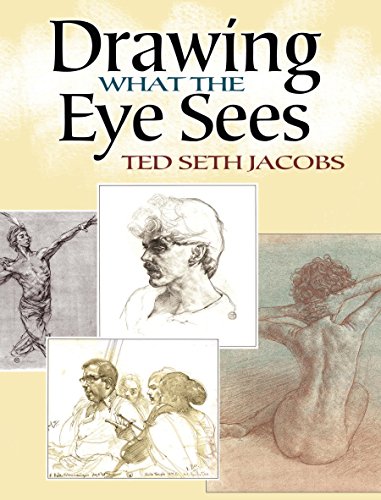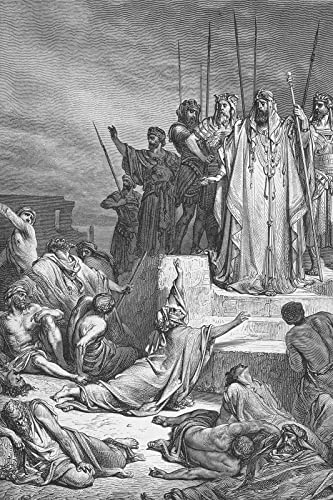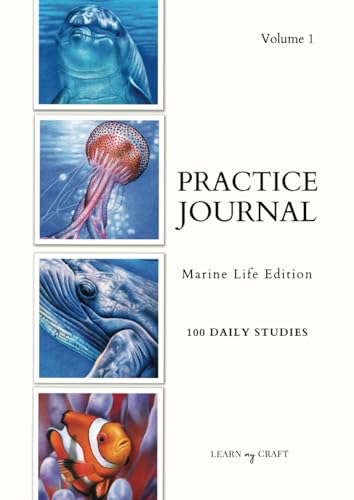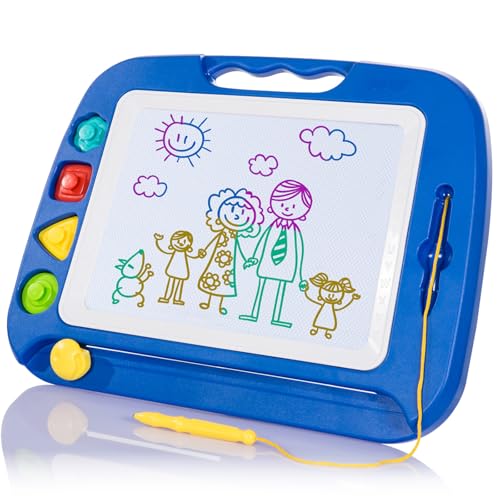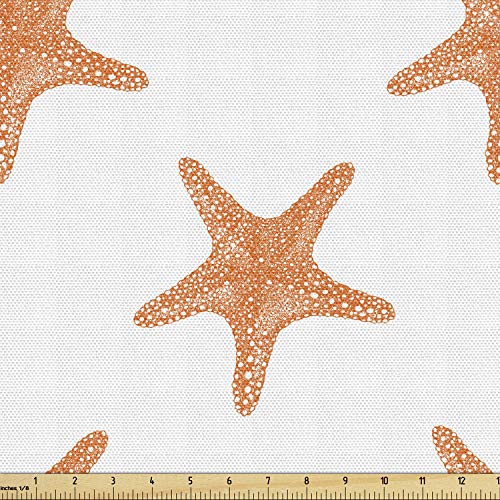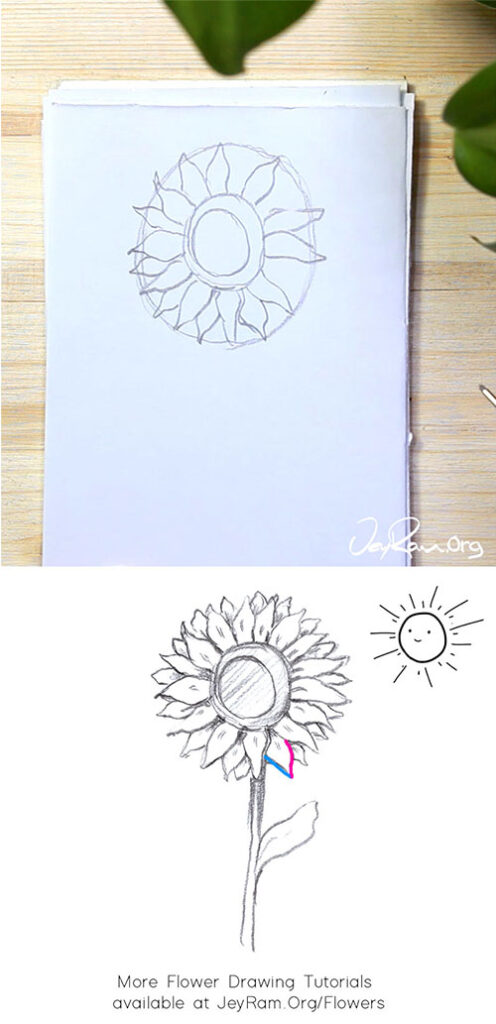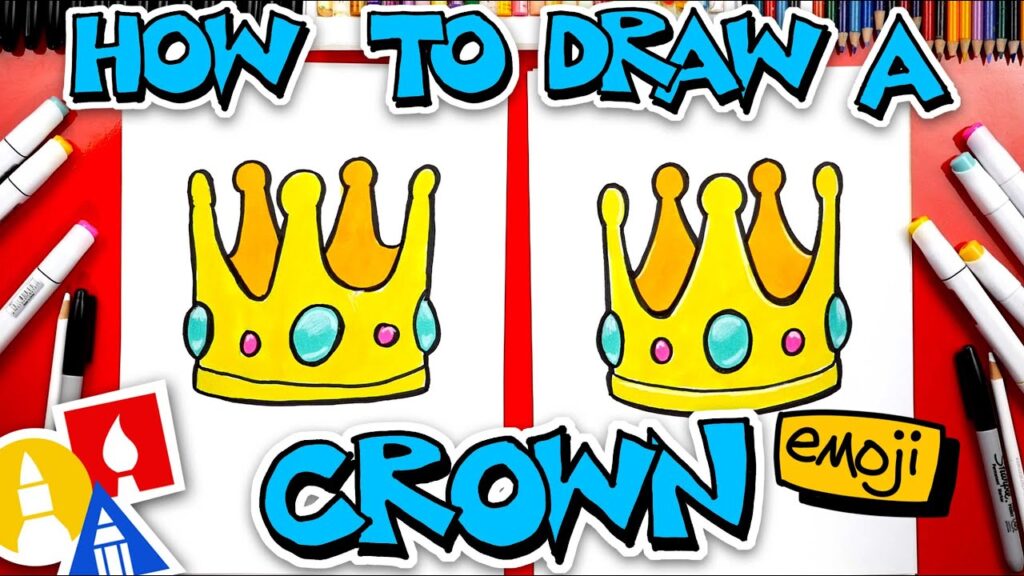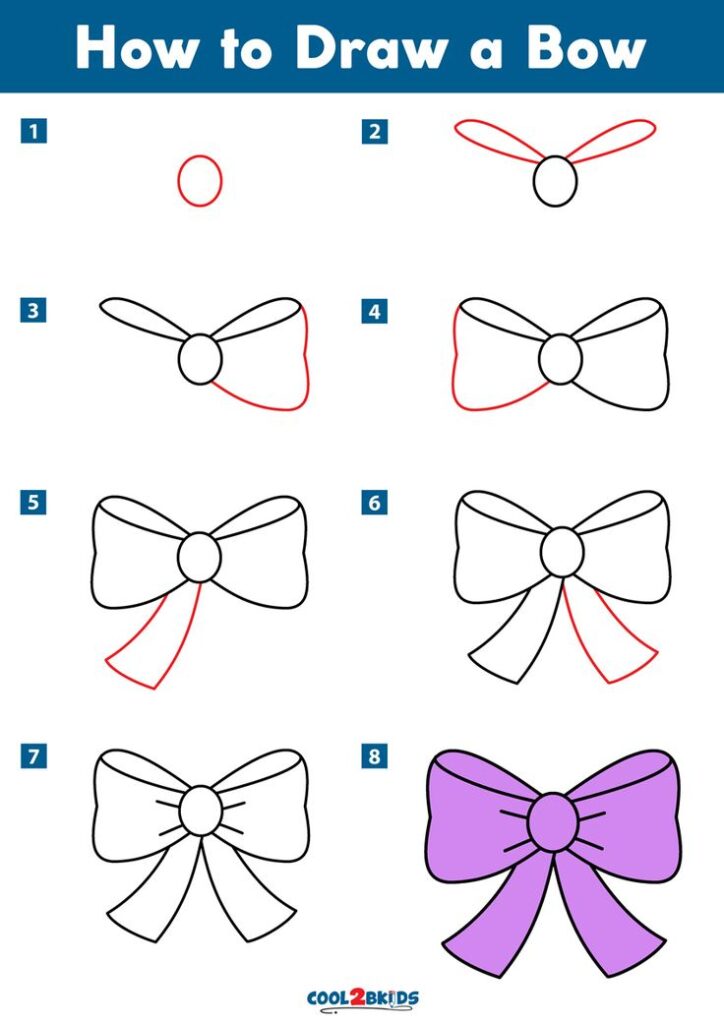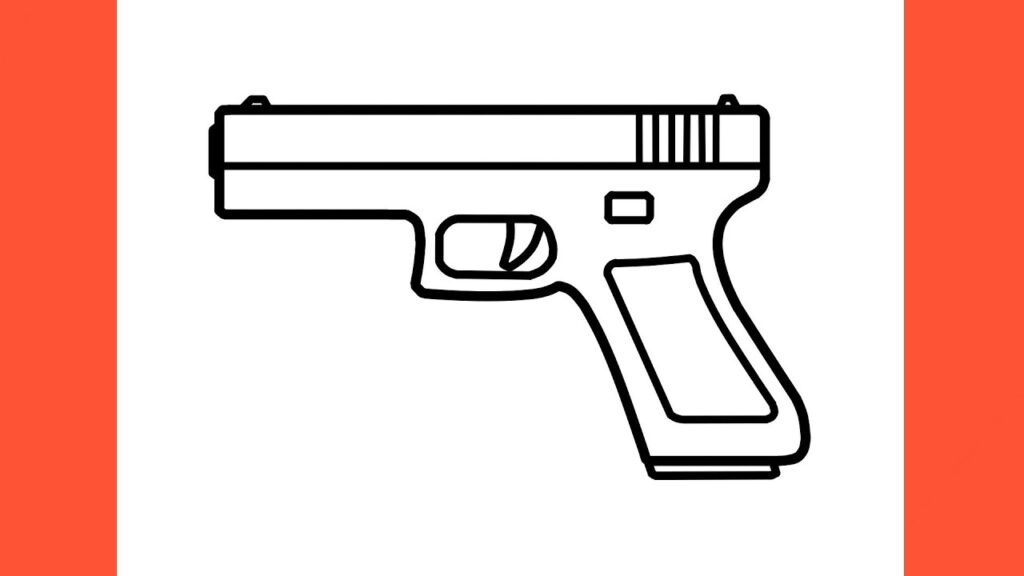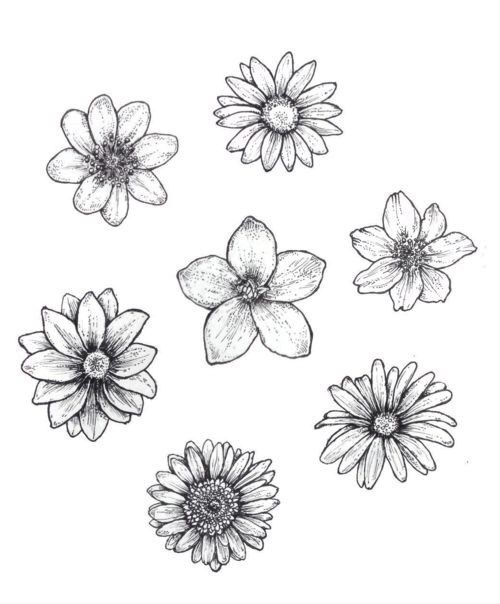Training your eyes for proportion is simpler than you think. Start by observing objects and their sizes relative to each other.
Practice regularly to sharpen your sense of proportion. Understanding proportion helps in art, photography, and design. It allows you to see objects in relation to their surroundings. This skill is crucial for creating visually appealing work. Proportion can be learned through practice and observation.
Begin by studying everyday items around you. Notice how objects differ in size and shape. Compare their dimensions and notice patterns. This exercise improves your ability to judge proportion. With time, your eye will naturally see these relationships. Consistent practice leads to better accuracy. Soon, you will notice improvements in your work. Training your eyes for proportion is achievable and rewarding.
Understanding Proportion In Art
Training your eyes for proportion in art starts with observation. Study objects and their relationships in space. Practice drawing simple shapes, focusing on size and placement. Repetition helps improve visual accuracy over time.
Understanding proportion in art is more than just getting the sizes right. It’s about creating harmony and balance in your work. When your eyes can naturally gauge proportion, your art will feel more lifelike and cohesive.
Importance Of Proportion
Proportion is crucial in art because it guides the viewer’s eye. It helps you create depth and realism. Have you ever drawn something that looked off but couldn’t pinpoint why? It might be a proportion issue. Mastering proportion means your art can evoke the right emotions and tell a story with clarity.
Common Challenges
Training your eyes for proportion isn’t always easy. You might find it hard to compare sizes and distances accurately. I struggled with this when sketching my first human figure; the arms looked awkwardly short. You might also face difficulty when switching between different art styles. Each style has its own rules of proportion that you need to adapt to. To overcome these challenges, practice is your best friend. Use tools like grids or reference objects to compare sizes visually. Try sketching simple objects first, like a cup or a book, and practice until your eyes can detect subtle differences. Remember, every artist faces these challenges. The key is to keep pushing through. Are you ready to let your eyes lead the way to better art? Start small, stay consistent, and notice how your art transforms.
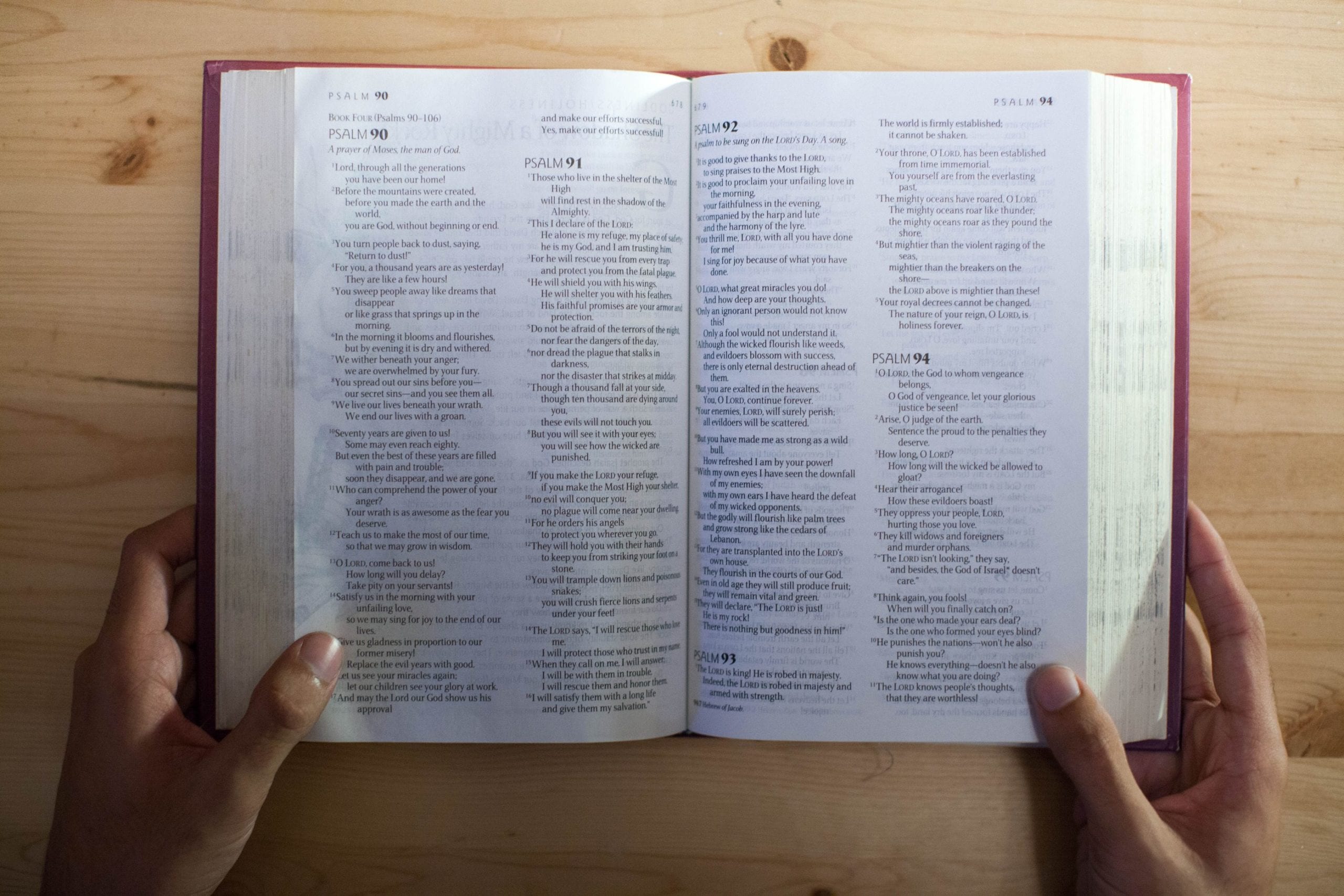
Basic Techniques For Training The Eye
Understanding proportions becomes easier through consistent practice. Start by sketching simple shapes. Observe and compare sizes. This method helps develop an eye for balance and symmetry.
Training your eyes to understand proportion is a crucial skill for any aspiring artist. It’s not just about drawing what you see but interpreting the world in a way that makes sense on paper. By honing this ability, you can improve the accuracy and realism of your artwork. Let’s explore some fundamental techniques that can help you train your eyes effectively.
Observation Skills
Developing strong observation skills is the cornerstone of mastering proportions. Start by taking the time to really look at the objects or scenes you wish to draw. Notice the relationships between different parts—how wide is the nose compared to the eyes? How many heads tall is the human figure? A practical exercise is to carry a sketchbook with you and draw simple objects around you. Pay attention to their sizes relative to each other. This habit will sharpen your ability to see proportions naturally. When I started sketching, I would spend hours just observing people in cafes. It helped me understand the variations in human proportions and improved my sketches significantly.
Grid Method
The grid method is a reliable technique that artists use to maintain accurate proportions. By overlaying a grid on your reference image and your drawing surface, you can break down the image into smaller, more manageable sections. Each square of the grid helps you focus on drawing one part at a time, ensuring that all elements are in proportion to each other. It’s like solving a puzzle piece by piece. Try using a simple 3×3 grid on a photo and then replicate it on your paper. This method not only simplifies the drawing process but also builds your confidence in capturing proportions accurately. Have you ever found yourself frustrated with a drawing that just doesn’t look right? Using a grid might be the solution you need to bring harmony to your art. Both observation skills and the grid method are about training your eye to see the world in a structured way. As you practice, you’ll find your ability to capture proportions will improve dramatically, leading to more confident and precise artwork. What new perspectives will you discover today by applying these techniques?
Utilizing Tools And Resources
Training your eyes for proportion might seem daunting at first, but leveraging the right tools and resources can make the process much more manageable. Whether you’re an aspiring artist or simply want to enhance your visual skills, using these resources will simplify your journey. Have you ever wondered how professionals achieve such perfect proportions in their work? The secret often lies in the tools they use.
Proportion Wheels
Proportion wheels are a game-changer for anyone looking to grasp the basics of proportion. These handy tools act like guides to help you visualize and measure proportions accurately. You might find them in art supply stores or online.
Imagine having a tool that lets you easily adjust and measure the size of different elements in your drawings. That’s what a proportion wheel offers. It’s especially useful for beginners trying to understand how different parts relate to each other.
Using it is straightforward. Align the wheel with your subject, and you can see how different elements should be sized relative to one another. Have you tried using one yet? It might be the key to taking your skills to the next level.
Digital Apps
In our digital age, apps are a powerful ally in your quest for mastering proportion. They provide interactive and engaging ways to practice and refine your skills. You can download apps specifically designed to teach proportion directly to your smartphone or tablet.
These apps offer features like adjustable grids and proportion calculators. Such features allow you to experiment and learn without the fear of making mistakes. Have you considered how convenient it is to learn at your own pace with a digital app?
Many of these apps are user-friendly, making them perfect for beginners. They provide tutorials and exercises to guide you through the learning process. Why not explore a few and see which one resonates with you?
Embrace the tools available to you and watch your perception of proportion improve. What other resources have you found helpful on your journey?
Practicing With Everyday Objects
Training your eyes to understand proportion is a skill that can be honed with practice, and the good news is you don’t need fancy tools to start. Everyday objects around you offer fantastic opportunities to sharpen your eye for proportion. Using these familiar items not only makes the process more engaging but also convenient. Below are some practical ways you can practice using what’s already around you.
Household Items
Your home is filled with objects that can serve as your training ground. Look at a simple chair or table, and study its dimensions. Notice how the legs relate to the seat or tabletop. If you use a mug, observe the balance between its height and diameter.
Try drawing these items on paper. Even if you’re not an artist, sketching helps you see proportions more clearly. Measure them with a ruler to see if your eyes matched the actual dimensions. Keep a notebook of your sketches and measurements to track your progress.
Think about this: How often do you actually pay attention to the size and shape of objects you use daily? Challenge yourself to see them with fresh eyes.
Nature Elements
Stepping outside, nature becomes your canvas for proportion practice. Look at trees and observe how the trunk compares to the branches. The symmetry of leaves can be intriguing; pay attention to how they balance each other.
Flowers offer a lesson in proportion with their petals and stems. Take a walk in a park and notice the proportions of rocks or streams. Use your phone camera to capture these elements and analyze them later.
Have you ever thought about how nature’s proportions influence your surroundings? Nature’s balance can be incredibly inspiring and can enhance your understanding of proportions.
By practicing with everyday objects, you not only train your eyes but also gain a deeper appreciation for the world around you. Are you ready to start noticing the unnoticed?
Engaging In Sketching Exercises
Engaging in sketching exercises can transform your understanding of proportion. These exercises sharpen your eye and improve your artistic skills. They offer hands-on practice, making abstract concepts more tangible. As you draw, your brain learns to recognize and correct proportion errors. This practice builds confidence and enhances creativity. Let’s explore some effective sketching exercises.
Gesture Sketches
Gesture sketches capture the essence of a subject. They focus on movement and form, not detail. Use quick, sweeping lines to depict action. These sketches improve your ability to see and draw proportions quickly. Set a timer for one to two minutes per sketch. This time constraint forces you to focus on the subject’s overall form. Gesture sketches are a great warm-up exercise. They prepare your mind and hand for more detailed work.
Contour Drawing
Contour drawing emphasizes the outline of a subject. It trains your eyes to follow the edges closely. Look at the subject, not the paper, while drawing. This technique boosts hand-eye coordination. Start with simple objects like fruits or leaves. Contour drawing refines your ability to capture accurate proportions. As you practice, you’ll notice improvements in your observational skills. It helps in drawing more complex subjects with precision.
Learning From Masterpieces
Learning from masterpieces offers a unique perspective on proportion in art. These works have stood the test of time, showcasing skill and precision. By examining them, you gain insights into how artists achieve balance and harmony. This approach not only enhances artistic skills but also deepens appreciation for art.
Studying Classical Art
Classical art provides a strong foundation for understanding proportion. Artists from this era focused on symmetry and balance. Works like Michelangelo’s David or Da Vinci’s Mona Lisa highlight proportion beautifully. Study their techniques and observe the careful attention to detail. Notice the deliberate use of space and form. This helps develop a keen eye for proportion in your art.
Analyzing Modern Works
Modern art offers a fresh take on proportion. Artists explore abstract concepts and play with perspectives. Works by Picasso or Matisse demonstrate this creative use of proportion. Analyze how they manipulate shapes and sizes to create impact. Modern art encourages breaking traditional rules. This can inspire innovative approaches to proportion in your work.
Seeking Feedback And Improvement
Training your eyes for proportion requires practice and constructive feedback. Learning to see the balance in art or design is crucial. It’s not just about understanding techniques. Seeking feedback and improvement sharpens your skills.
Peer Critique
Peers offer valuable insights. Their perspectives can show unseen details. Regular critique sessions with peers enhance learning. Discussing your work helps spot proportion errors. It builds confidence and understanding.
Feedback from peers is honest. They can guide you with constructive criticism. Their advice aids in refining your eye for proportion. Engage with peers who share your interests. Their support encourages growth and improvement.
Self-assessment
Self-assessment is essential in eye training. Regular evaluation of your work highlights strengths and weaknesses. It helps recognize patterns and understand proportion better. Reflecting on your work develops critical thinking.
Set specific goals for improvement. Measure progress through self-assessment. Use tools like visual grids to evaluate proportions. These methods strengthen your ability to judge balance. Self-assessment is a continuous journey.
Integrating Proportion In Personal Style
Proportion plays a key role in personal style. It helps create visual balance. Learning to train your eyes for proportion enhances your fashion sense. It’s not just about what you wear, but how it fits. Integrating proportion into your personal style can make a big difference. You don’t need to be a fashion expert. Just a few simple techniques can help you get started.
Developing Unique Techniques
Start by observing your favorite outfits. Note what makes them appealing. Create a visual diary of outfits you admire. This helps you see patterns in proportions. Practice by sketching basic shapes and forms. Try drawing objects in different sizes. This exercise trains your brain to notice proportions. Experiment with mixing and matching different clothing items. Test how different lengths and widths affect your overall look.
Balancing Creativity And Accuracy
Creativity is important in personal style. Yet, accuracy in proportion ensures harmony. Use mirrors to assess your ensemble. They reflect how others perceive your look. Take photos to see your style from another angle. This offers a fresh perspective. Maintain a balance between fitted and loose garments. It adds interest and keeps proportions in check. Don’t shy away from trying new styles. Each attempt helps refine your sense of proportion.
Frequently Asked Questions
How To Draw Eyes In Proportion?
To draw eyes in proportion, place them one eye-width apart on the face. Align the top of the eyes with the ears. Ensure the eyes are symmetrical and adjust the size for realism. Use light shading to add depth and dimension.
Practice to improve accuracy.
What Is The 4 8 8 Method?
The 4 8 8 method involves inhaling for 4 seconds, holding your breath for 8 seconds, and exhaling for 8 seconds. This breathing technique promotes relaxation and stress reduction, improving overall mental well-being. Use it to calm anxiety or enhance focus during meditation or daily activities.
How To Get Face Proportions Right?
Use the “Rule of Thirds” to divide the face into three equal parts. Align features symmetrically. Measure the distance between eyes, nose, and mouth. Practice sketching guidelines lightly to maintain accuracy. Regularly review and adjust proportions to improve.
How Do You Train Your Eyes To See Like An Artist?
To train your eyes like an artist, observe details in everyday scenes. Focus on light, shadow, and composition. Practice sketching regularly to enhance perception. Study artworks to understand techniques. Engage with diverse art styles to broaden your perspective. Consistent practice refines your visual skills effectively.
Conclusion
Training your eyes for proportion is simpler than you think. Start with basic exercises daily. Practice drawing basic shapes and objects. Observe your surroundings carefully. Notice how different elements fit together. Use grid techniques to guide your vision. Regular practice makes a big difference.
Don’t rush; patience is key. With time, your skills will improve. You’ll notice better accuracy in your work. Consistency helps in honing this skill. Keep practicing and stay committed. Soon, you will see progress. Remember, improvement takes time and effort.
Stay dedicated and enjoy the process. Happy drawing!


